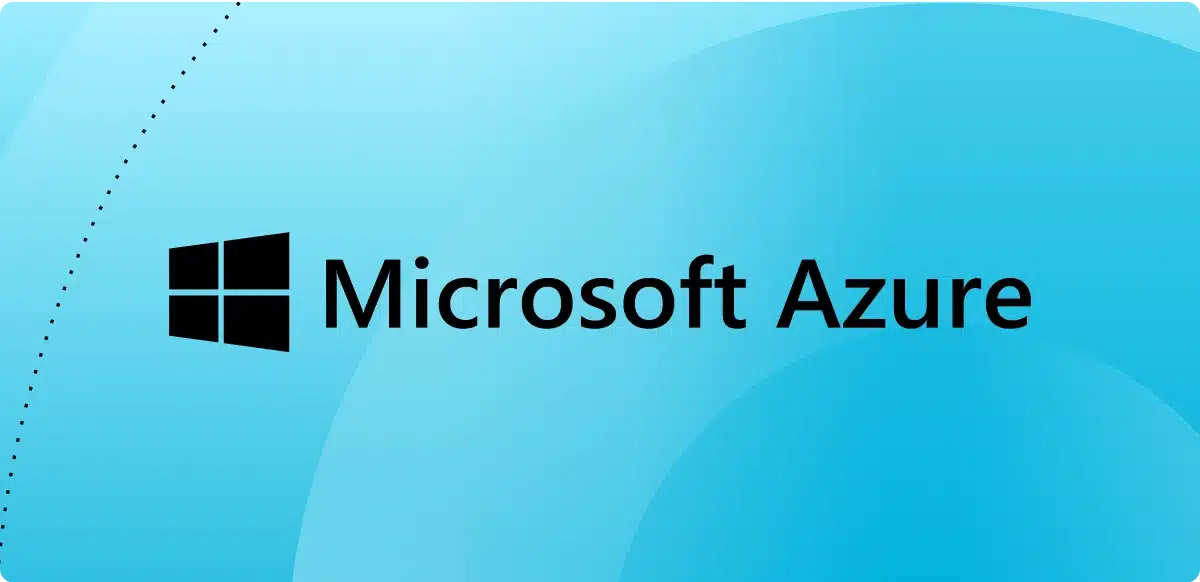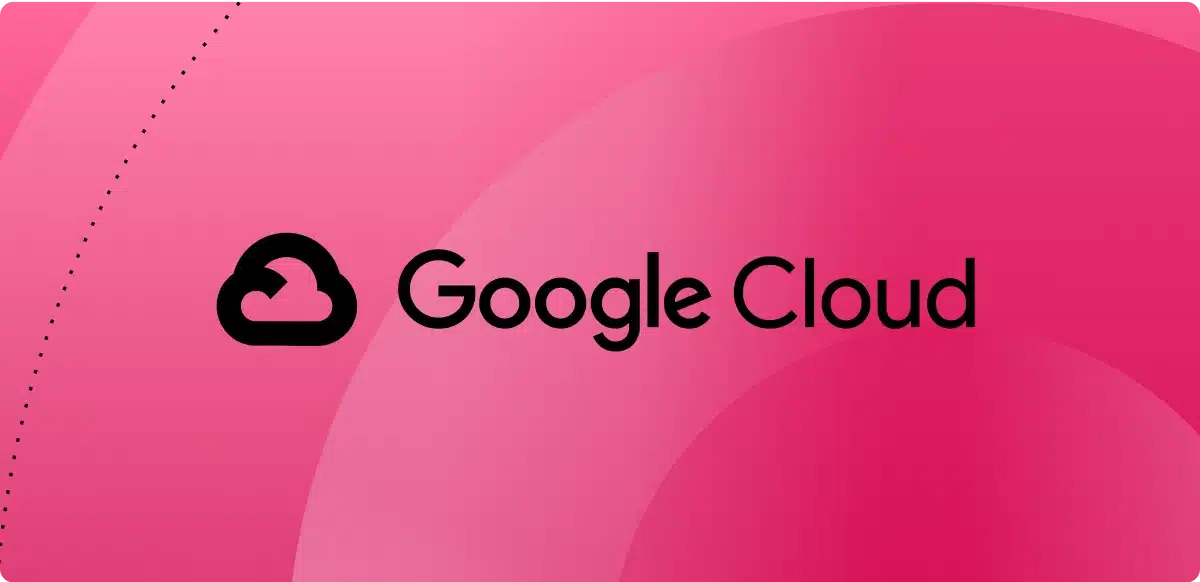Architectural modernization
Self-healing software architecture
Observe your Java & .NET applications, identify architectural technical debt, and auto-remediate code as part of your cloud migration.
Pricing defined by applications t-shirt sizes and number of apps











